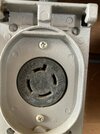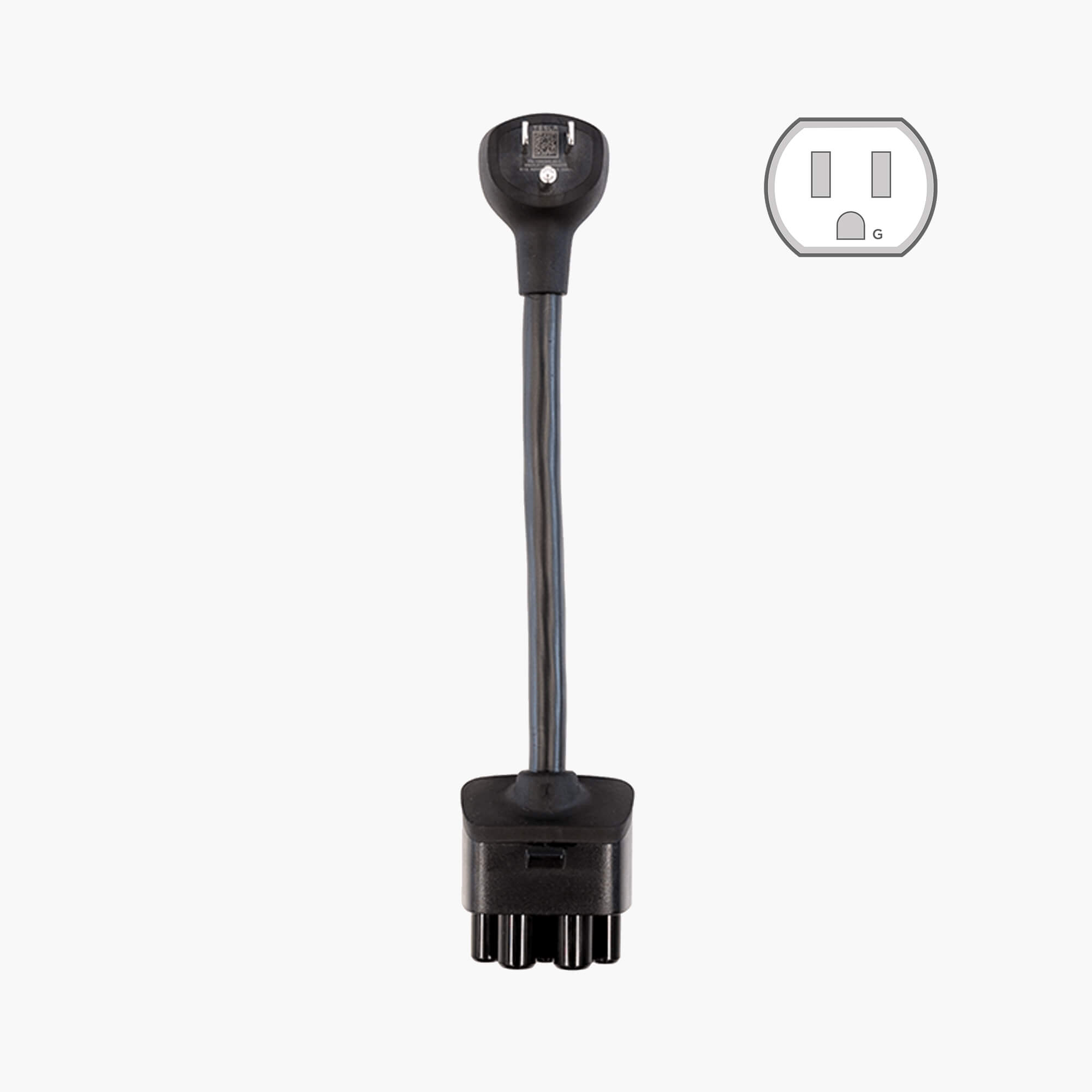OK, if you are testing this, as soon as you plug in, make sure to quickly turn the amps down on the car's charging screen to no more than 16A, so you are not overdrawing from that 20A circuit.
I could see if they think it's something specific to electric cars (you mentioned a "charge port"), and they have a hatred for that, they may be resistant. Could you maybe suggest a more generic idea that they might not hate on as much? L15-20 is a really weird outlet type, since it's 3 phase. Do they really have equipment that still needs to use that specific kind of outlet? If it is an orphaned thing that isn't being used anymore and doesn't have to be that exact kind of outlet, do you think they may consider the suggestion to simply change the outlet type to something more normal and simple that you and others could use, like a 6-20? Tesla does sell a 6-20 plug directly. That would not need any new wiring run, but just capping off an unused wire or two and connecting the new outlet.





